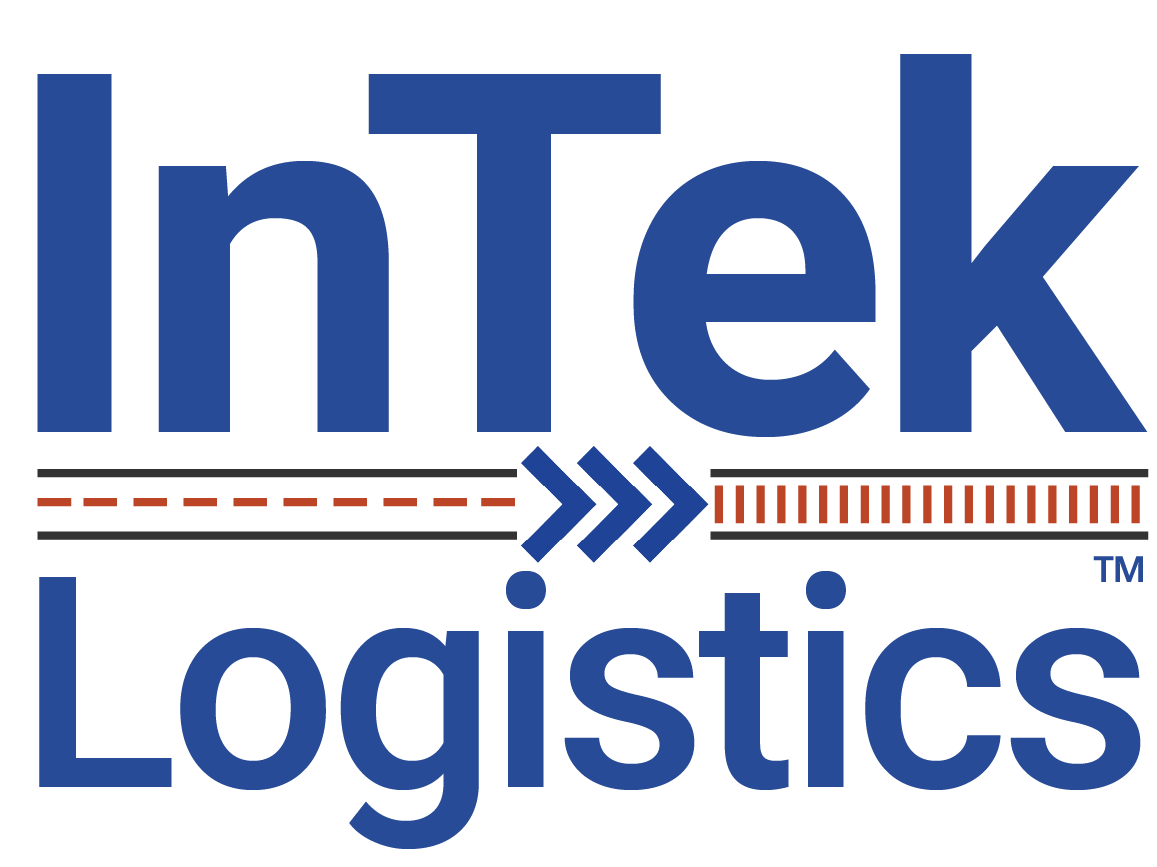
Sustainability is a growing conversation in freight logistics, with companies making bold commitments to reduce emissions and operate greener supply chains. However, when it comes to awarding freight contracts, sustainability often takes a backseat to other priorities - making it more of a tagline in a mission statement than a supply chain strategy.
Shippers want to reduce their carbon footprint, but they also need to keep transportation costs low and ensure consistent on-time delivery. That makes finding a way to integrate sustainability without sacrificing efficiency or increasing operational expenses a challenge.
The good news is that shippers can take practical steps today to balance sustainability, cost, and service— without waiting for future technologies like electric trucks to become widely available (a wait that may only get longer). Here’s how.
Benchmark Freight Carbon Footprint
Before making changes for change's sake, it's important to establish a baseline. Benchmarking the carbon impact of all freight activities helps a company measure its current emissions and energy usage and identify where to get the most bang for the buck in making improvements.
How to Track Freight Emissions:
- Use SmartWay Tools – The EPA’s SmartWay program offers calculators to measure carbon emissions by mode and carrier.
- Leverage a TMS (Transportation Management System) – Many modern TMS platforms provide real-time CO2 tracking for each shipment. The Infios TMS, formerly MercuryGate, is the example that comes to mind quickly because it’s the system we use for our intermodal business to help shippers track emissions.
- Partner with an IMC (Intermodal Marketing Company) – A knowledgeable IMC can help analyze your shipping routes and compare emission reductions between truckload and intermodal.
Example:
A shipper moving freight from Chicago to Los Angeles analyzes their emissions and discovers that switching from long-haul truckload to intermodal could cut their carbon footprint by up to 50%.
Takeaway:
Without measuring your carbon footprint, you can’t optimize it, so start by benchmarking where you stand today.
Pilot Intermodal on Select Lanes
Shippers concerned about cost and service reliability often hesitate to fully commit to intermodal shipping, but the sustainability (and other) benefits are worth pursuing. Instead of making a complete shift, a pilot program allows companies to test intermodal on long-haul lanes to evaluate performance before expanding further.
Best Lanes for Intermodal Pilots:
- Shipments over 700 miles – These offer the most significant savings and efficiency.
- Major Intermodal Hubs – Routes between Los Angeles, Chicago, Dallas, Atlanta, and New York have the best intermodal infrastructure.
- Predictable, Non-Urgent Freight – Freight that doesn’t require same-day delivery is ideal for intermodal.
Example:
A company shipping electronics from Dallas to Chicago tests intermodal for 30 days and finds that transit time is consistent, cost is 20% lower than truckload, and service meets expectations. They expand intermodal to additional lanes based on the results.
Takeaway:
Starting a small intermodal pilot on good intermodal lanes allows shippers to test the waters before making a larger commitment.
Work with an IMC That Prioritizes Sustainability
Not all intermodal providers prioritize sustainability. The right intermodal marketing company (IMC) will help optimize routes, rail capacity and carrier selection to cut emissions while maintaining cost and service reliability.
What to Look for in a Sustainability Focused IMC:
- Rail-First Mentality – A provider that proactively identifies opportunities to shift freight from truckload to intermodal.
- Data-Driven Decision-Making – Uses CO2 tracking tools to compare sustainability impact.
- Strategic Network Access – Works with multiple rail providers to ensure the best service and efficiency.
- Commitment to Continuous Improvement – Focuses on long-term solutions, not just short-term savings.
Example:
A beverage company looking to reduce emissions and reduce its freight cost from its supply chain partnered with InTek to optimize its routes. By using a small box domestic intermodal solution they were able to leverage the efficiencies found on the rail, cut emissions, and reduced their freight costs by 10 percent.
Takeaway:
Partnering with the right IMC can help you balance sustainability, cost, and service—without trade-offs.
Negotiate Sustainability Clauses in Freight RFPs
One reason sustainability doesn’t drive freight decisions is that many requests for proposals (RFPs) focus solely on cost and service metrics, without factoring in carbon emissions. By including sustainability as a weighted decision factor, shippers can incentivize carriers and logistics providers to prioritize greener solutions.
How to Integrate Sustainability into Freight Bids:
- Add Sustainability Weighting to RFPs – Instead of just evaluating cost and transit time, assign a percentage of the bid score to sustainability efforts.
- Require Emissions Reporting – Ask carriers and logistics providers to submit CO2 impact data with their proposals.
- Incentivize Green Freight Options – Offer preferred status or volume commitments to providers that actively reduce emissions.
Example:
A manufacturer issues an RFP for cross-border U.S.-Mexico shipments and includes a 10% weight on sustainability efforts. The winning provider offers a rail-based solution that lowers costs and emissions, benefiting both parties.
Takeaway:
If sustainability isn’t measured in RFPs, it won’t be prioritized—so build it into the bid process.
Leverage Government Incentives for Sustainable Freight
The federal government and many state governments offer grants, tax credits and incentives to encourage sustainable freight transportation. Many shippers aren’t aware of these opportunities, leaving money on the table.
How to Take Advantage of Incentives:
- Explore Federal & State Grants – Programs like the EPA’s Clean Diesel Grants and aforementioned SmartWay incentives help fund federal sustainability efforts, while many states go above and beyond with grants of their own.
- Use Carbon Credits & Offsets – Some companies can qualify for tax benefits by reducing emissions in their supply chain.
- Monitor Regulatory Changes – Future carbon pricing initiatives may make sustainable options more financially viable in the long run.
Example:
A logistics company applies for a state-level green freight grant to fund infrastructure upgrades for cleaner drayage operations at intermodal terminals, reducing emissions without increasing costs.
Takeaway:
Shippers can offset sustainability costs by tapping into available government incentives.
Sustainability Doesn’t Have to Cost More
Many shippers assume that prioritizing sustainability means higher costs or reduced service reliability, but that’s not always the case. By taking strategic steps, shippers can reduce emissions while maintaining efficiency and keeping freight costs competitive.
Key Takeaways:
- Measure freight emissions to identify areas for improvement.
- Pilot intermodal on key lanes to test sustainability benefits without risk.
- Work with an IMC that prioritizes sustainability for optimized freight solutions.
- Build sustainability into RFPs so it becomes a real decision factor.
- Leverage government incentives to reduce the cost of greener freight options.
Sustainability in freight doesn’t have to be a future goal. It can be implemented today with the right strategy.
Want to cut costs and reduce emissions without sacrificing service? Contact InTek Intermodal today to explore your options.
Our team is here to help you make the best choice for your logistics needs. We'll work with you on flexible solutions that fit you best. For more information about InTek, or logistics and supply chain issues in general, check out our Freight Guides.
Get Updates
Featured Articles
Categories
- Freight & Shipping Costs (56)
- Freight Broker (67)
- Freight Forwarder (3)
- Intermodal Transportation (197)
- International & Cross Border Logistics (43)
- Logistics & Supply Chain (438)
- Logistics Service Provider (80)
- LTL (39)
- Managed TMS (50)
- News (42)
- Supply Chain Sustainability (12)
- Transportation Management System (38)
- Truckload (124)
- Warehousing & Distribution (52)



